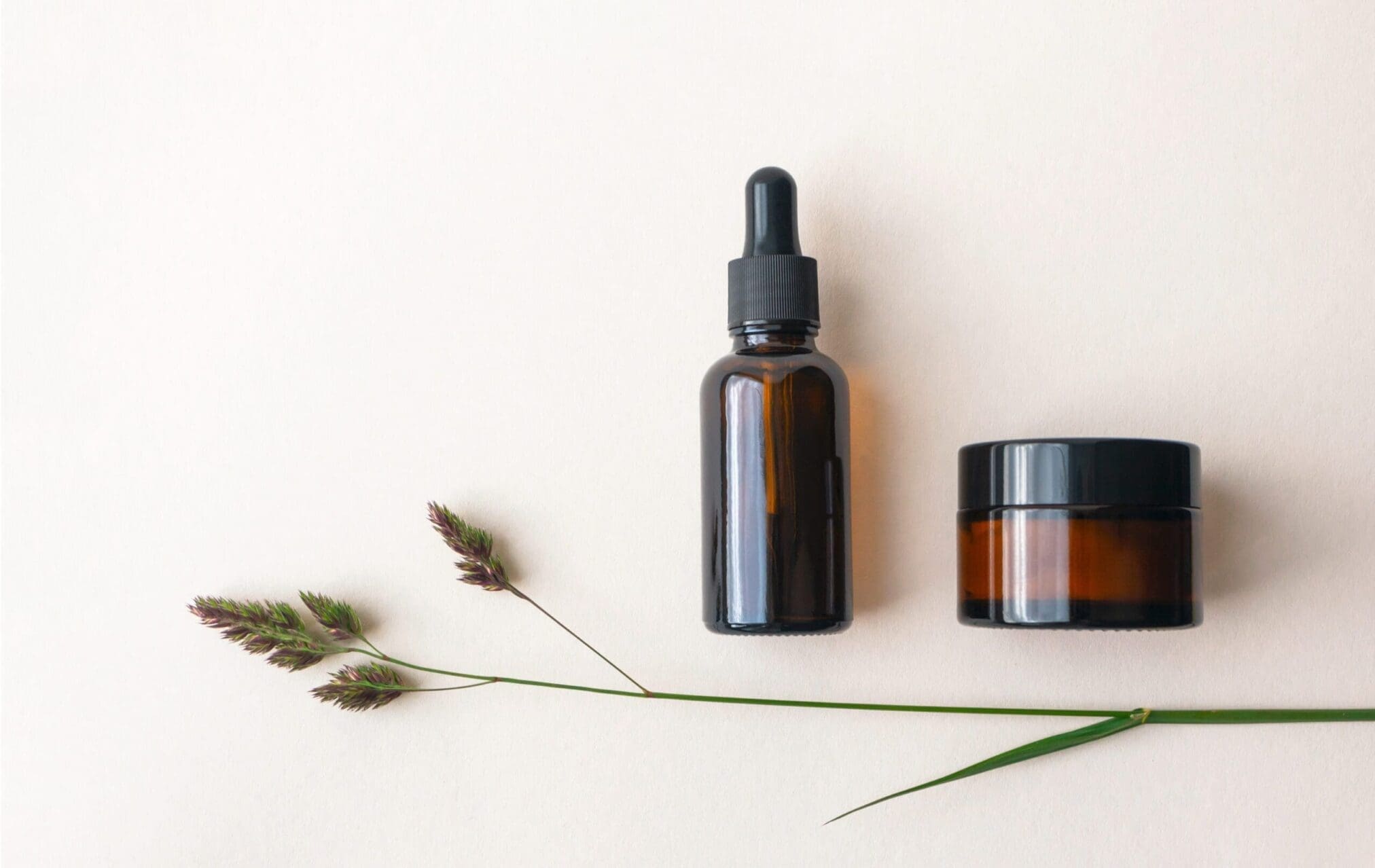The Cosmetics Regulation (EC) 1223/2009 lists the requirements for the safety of a cosmetic product and includes an explicit obligation for manufacturers to compile a Product Information File (PIF) prior to placing a cosmetic product on the European market.
The Cosmetic Product Safety Report (CPSR), identified in Annex I of the EU Cosmetics Regulation, is an essential element of the PIF. The CPSR always includes two parts:
- Part A: Safety Information
- Part B: Safety Assessment
Safety Information and laboratory testing
The Safety Information (Part A) includes but is not limited to:
- The quantitative and qualitative composition of the cosmetic product;
- The physical-chemical characteristics, microbiological specifications and stability of the cosmetic product (safety tests);
- The physical-chemical characteristics, microbiological and toxicological specifications of the raw materials;
- The impurities, traces and information about the packaging material;
- Normal and reasonably foreseeable use of the cosmetic product;
- Exposure to the cosmetic product and substances;
- Undesirable effects and serious undesirable effects
Among Safety Information, there are safety tests, namely the laboratory testing performed on a cosmetic product. According to the EU legislation, the mandatory tests are stability, compatibility, and preservative efficacy (challenge) test. However, depending on the type of products and claims associated with them, additional tests might be required.
Contact us today to check which laboratory tests are necessary to place your cosmetics on the EU market.
If you are selling cosmetic products, you can obtain most of the Safety Information from the raw materials suppliers or the finished product producers.
What is a Safety Assessment?
The Safety Assessment (Part B) includes but is not limited to:
- Conclusion on the safety of the cosmetic product;
- Statement on the need to label any particular warnings and instructions of use;
- Explanation of the scientific reasoning leading to the assessment conclusion based on the Safety Information documentation;
- Signature and credentials of the qualified Safety Assessor who performed the report
As you can see, the Safety Assessment confirms whether a cosmetic product is safe for use according to the EU requirements, and it is based on, among others, the safety testing included in the safety information provided in Part A of the CPSR. The Safety Assessment, thus, is a toxicological evaluation of a cosmetic product considering the exposure of targeted users.
At Obelis, we can help you obtain the necessary safety tests and the Safety Assessment for your products. Our team of regulatory experts will guide you through the compliance process, supporting your company’s growth.
And thanks to our international network, we can help you expand your business into other markets.
Are you developing new cosmetic products? Are you planning to sell them in the EU, UK, or US? Contact us to check how we can support you.
José Amsing
Senior Consultant
12.02.2020
References:
European Commission. (2009). Regulation (EC) No 1223/2009 of the European Parliament and of the Council of 30 November 2009 on cosmetic products. Retrieved on 22.06.2023


